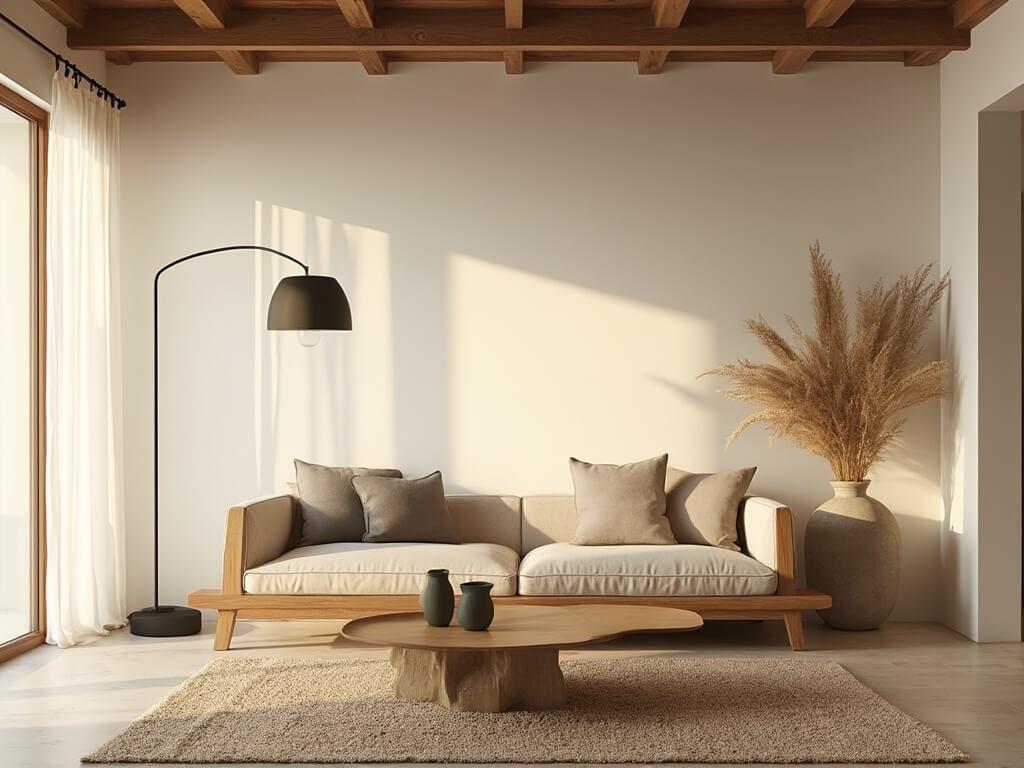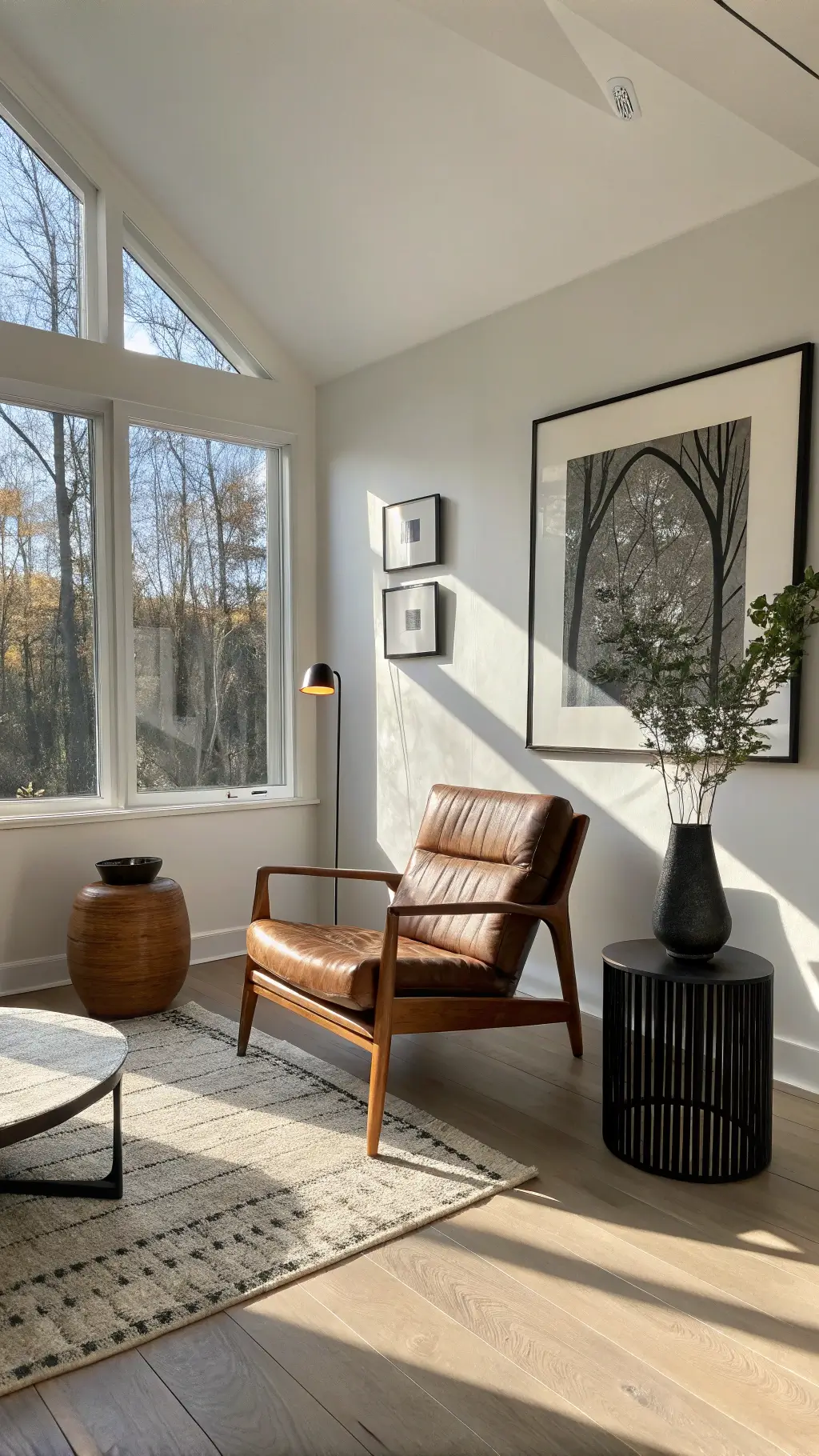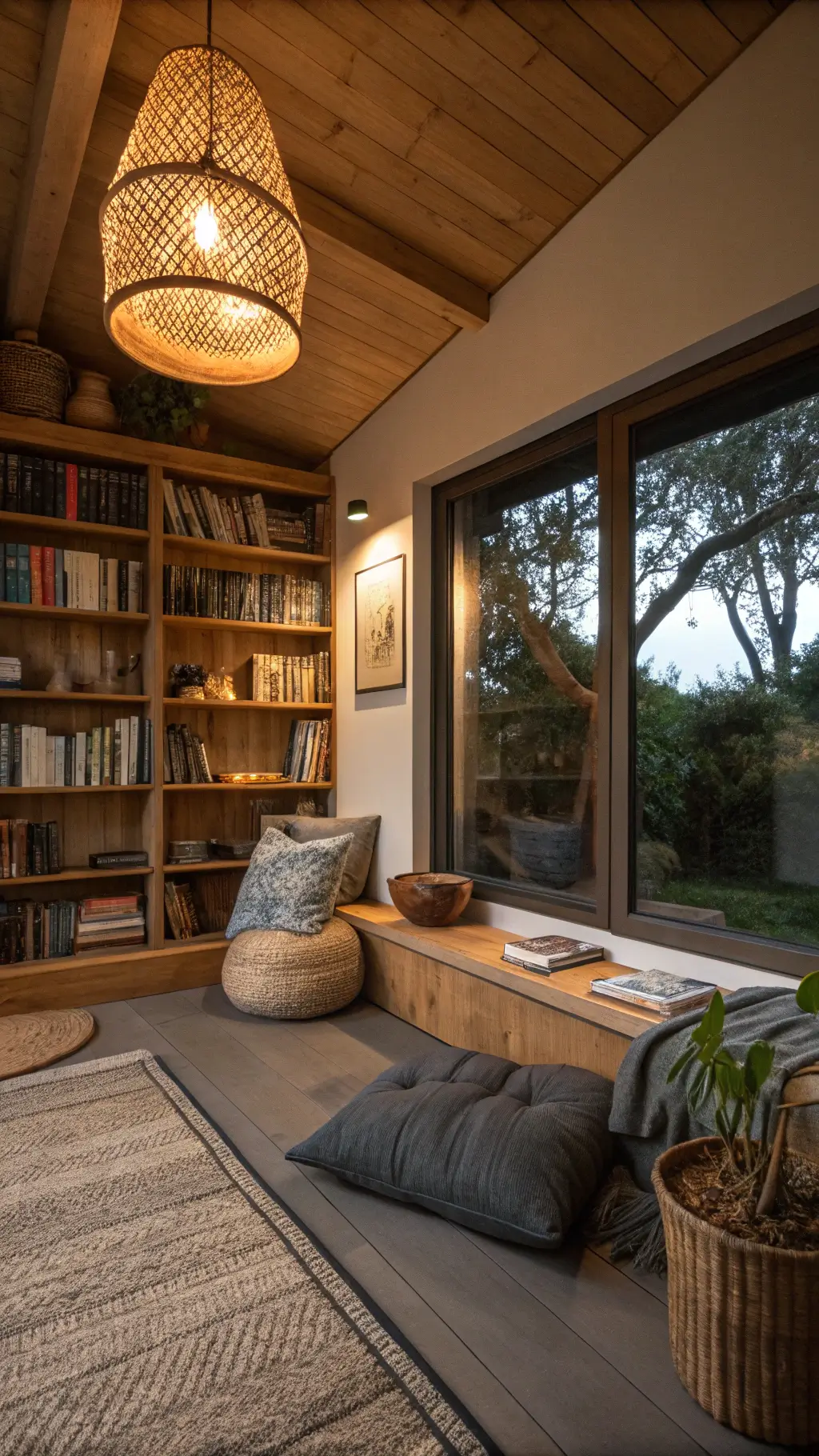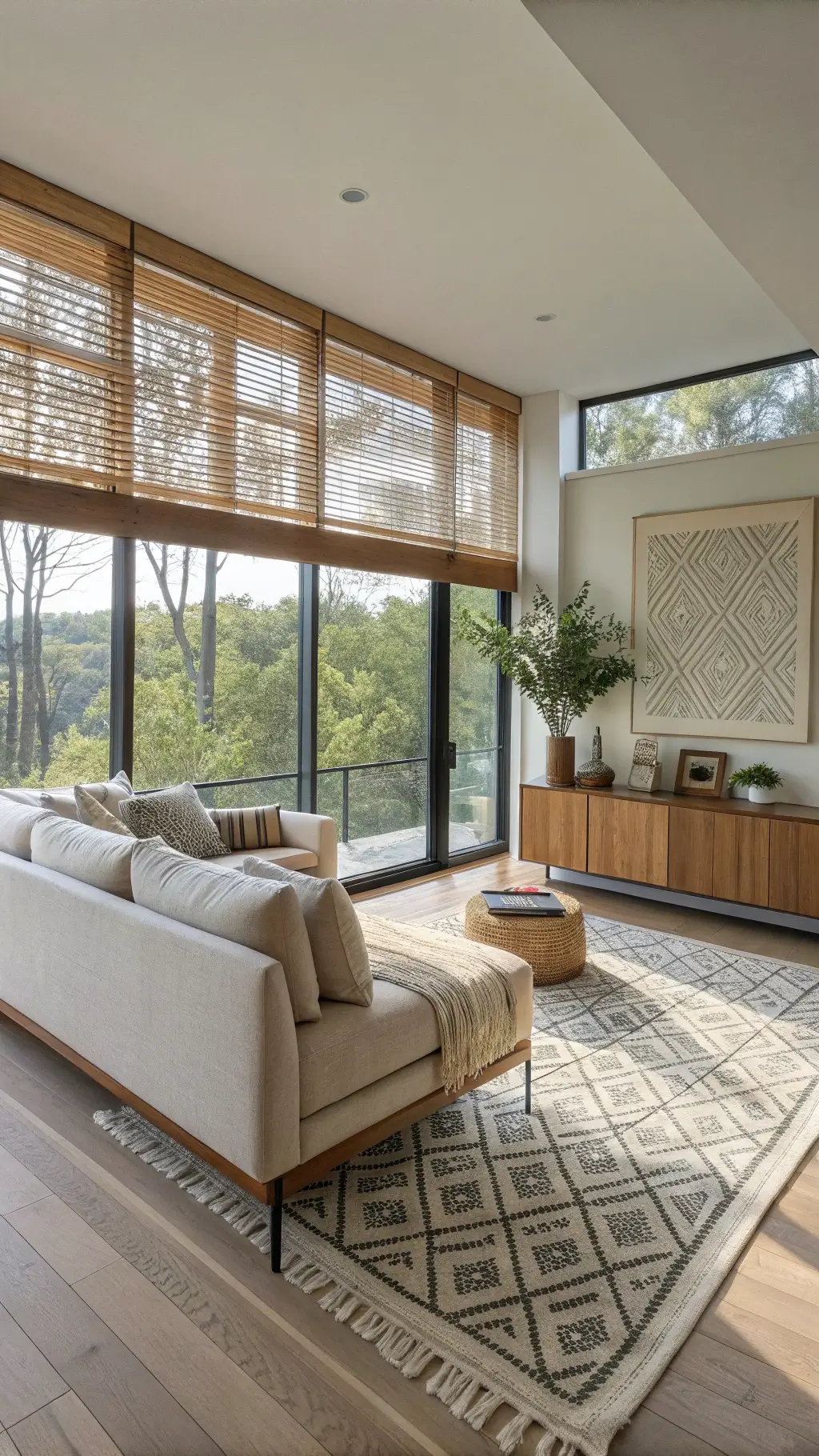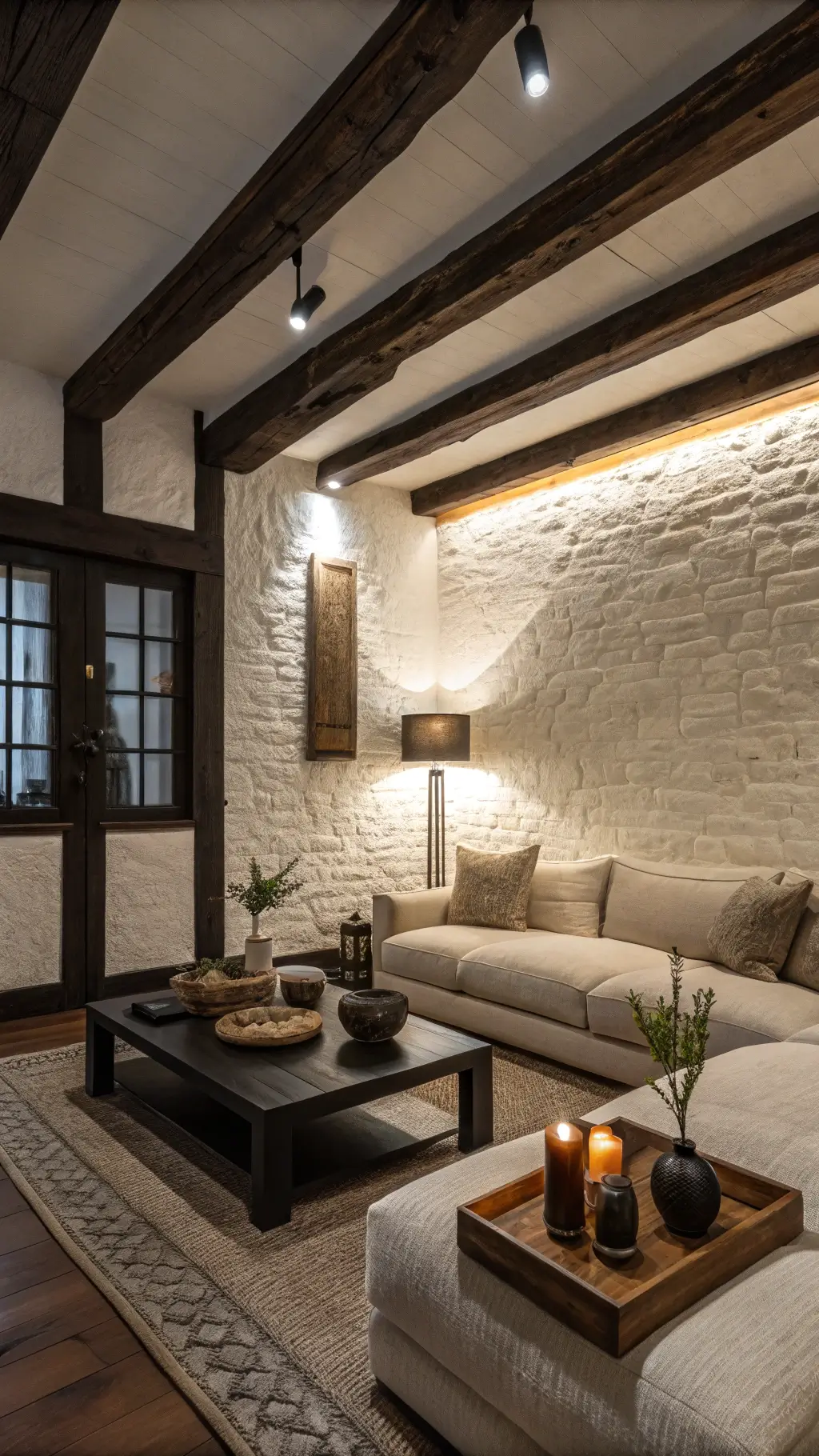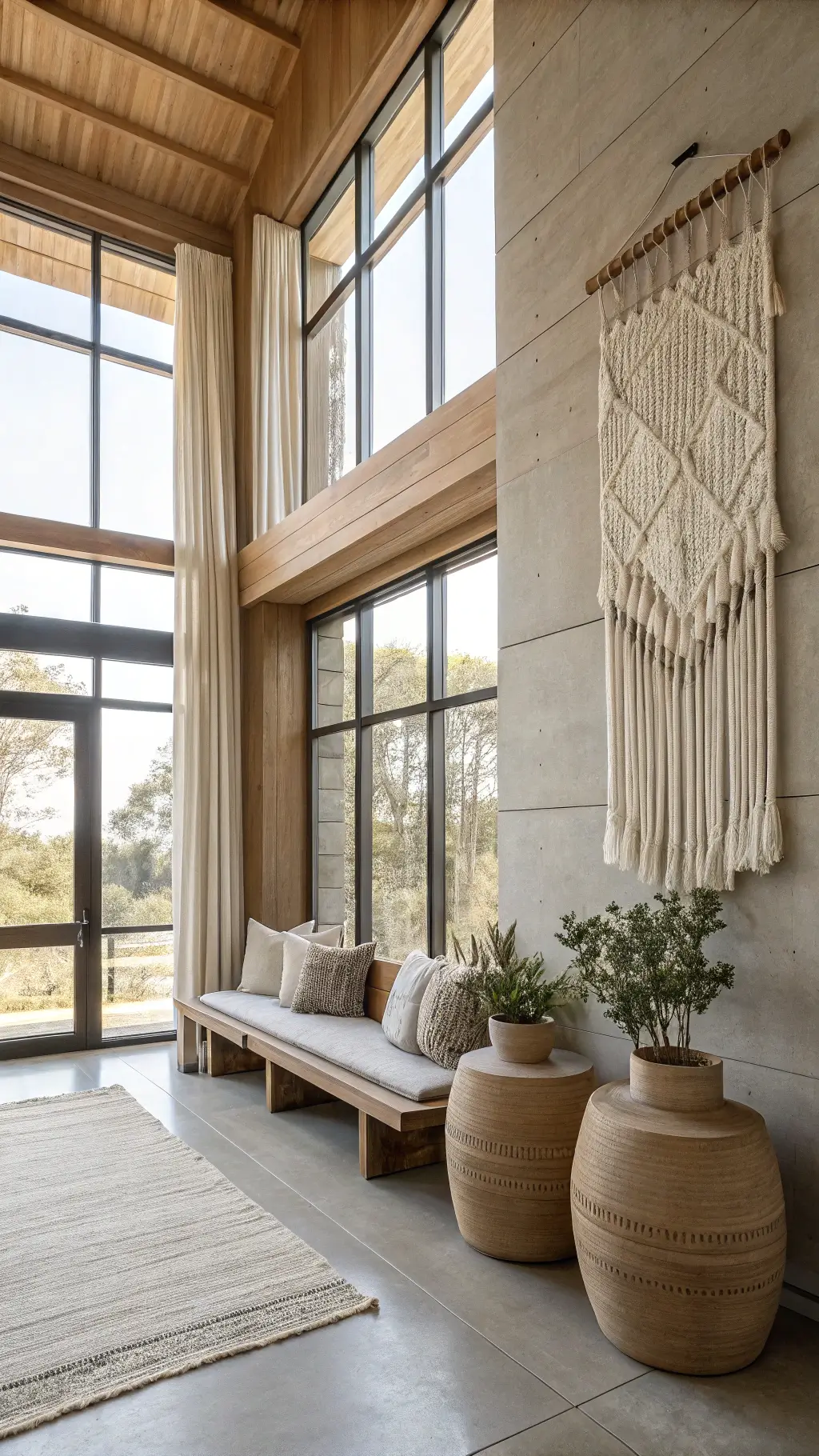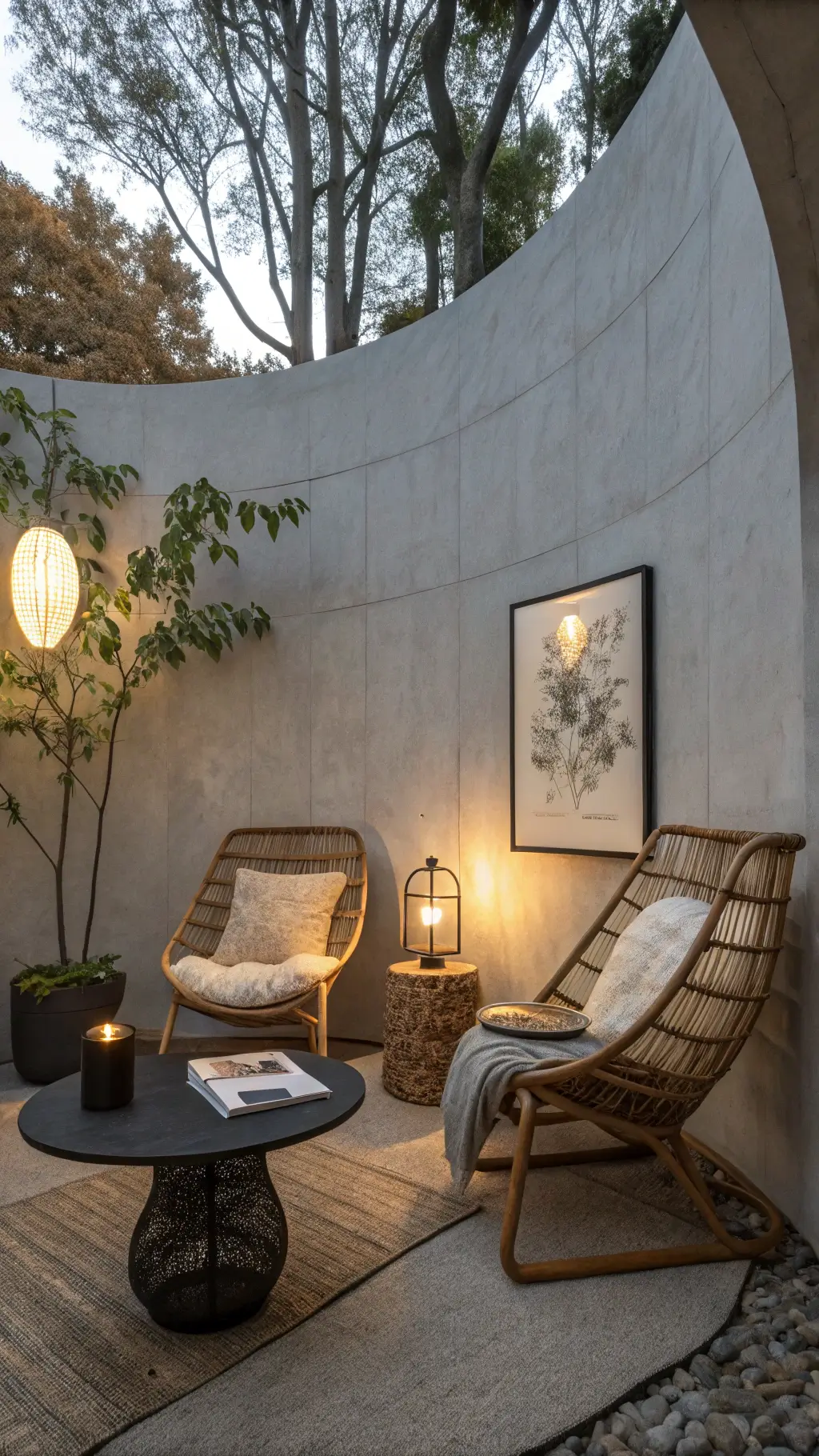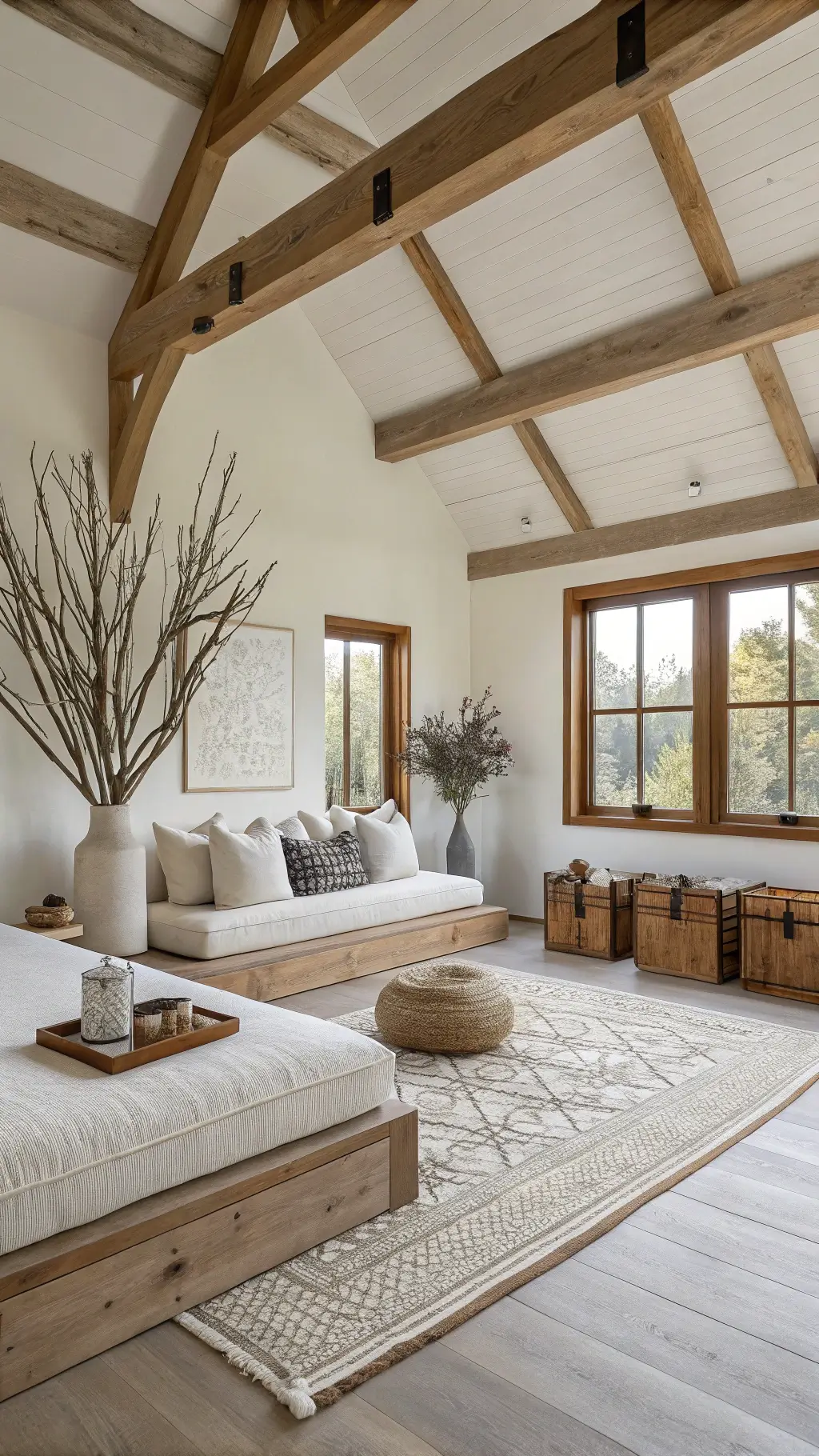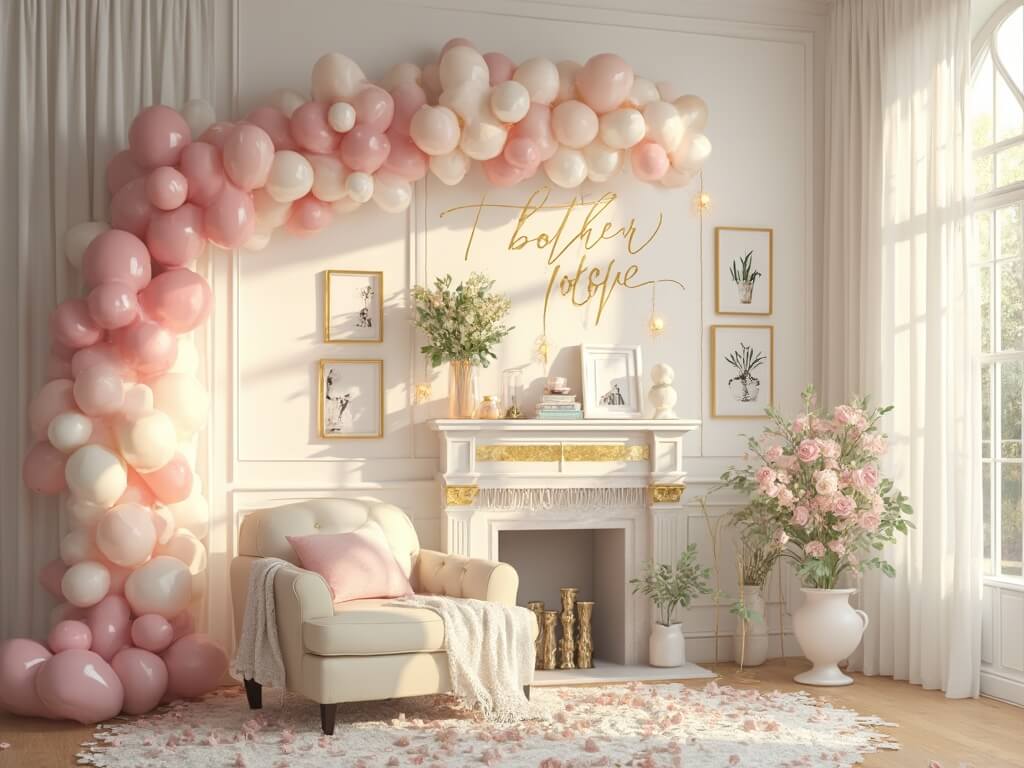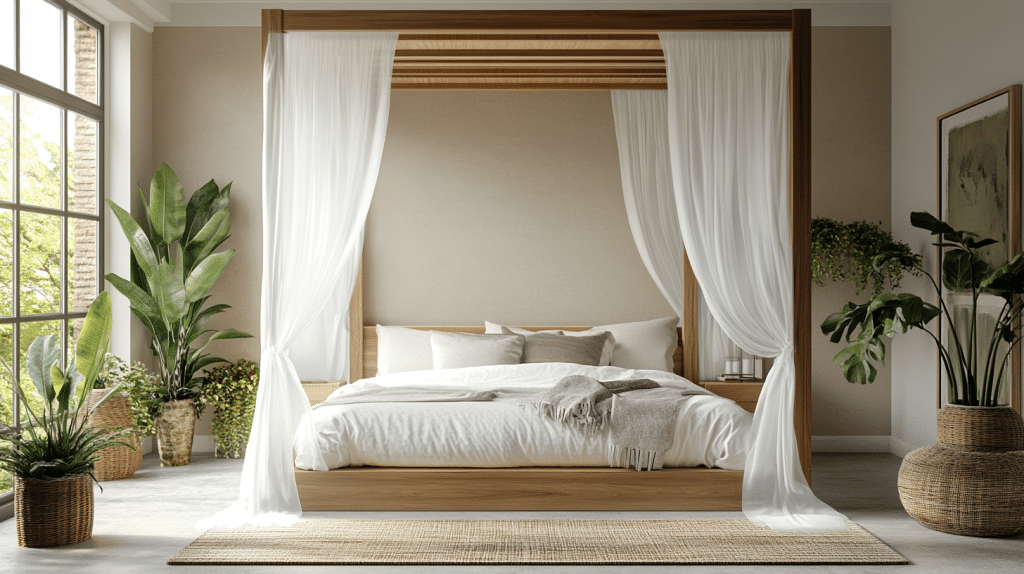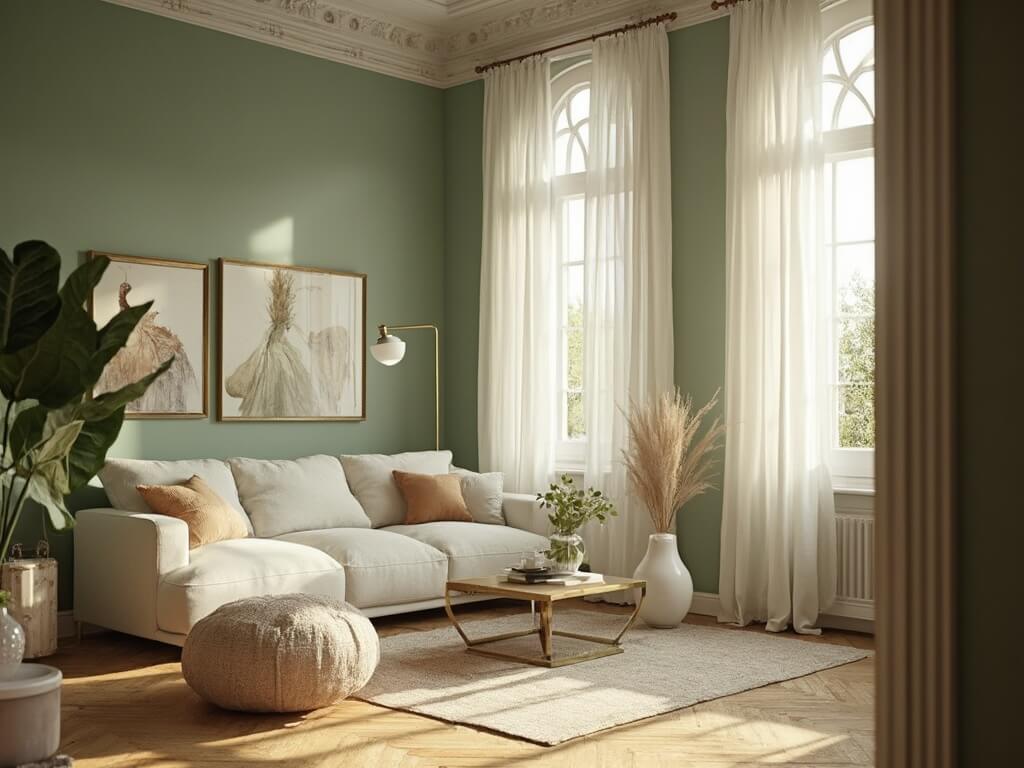Crafting a Serene Japandi Living Room: Embracing Wabi Sabi and Minimalist Comfort
Living spaces should breathe with intention. My Japandi living room design isn’t just about decoration—it’s about creating a sanctuary that whispers calm and celebrates imperfect beauty.
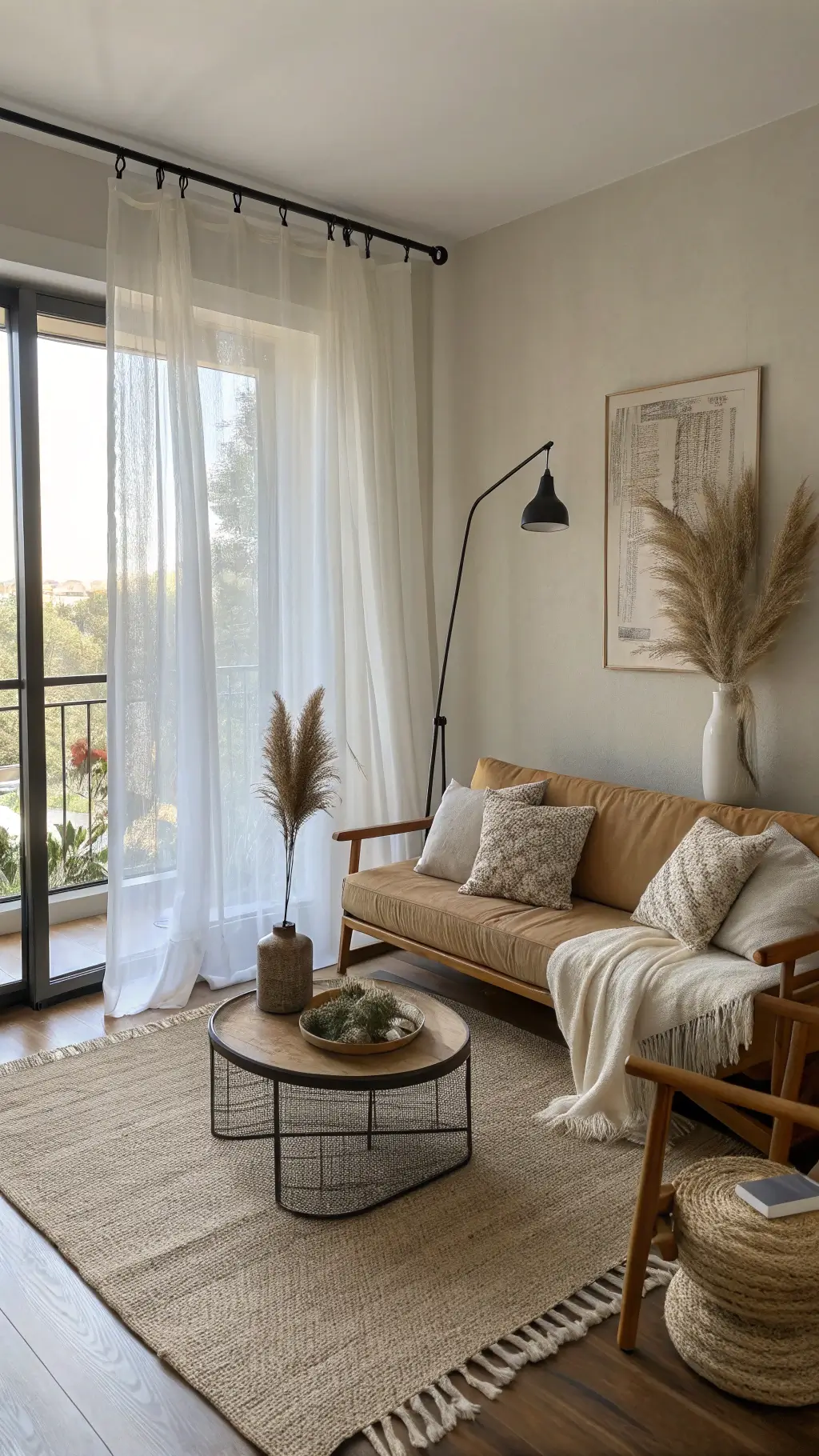
What Makes a Japandi Living Room Special?
A Japandi living room blends two powerful design philosophies:
- Japanese wabi sabi: Celebrating imperfection and transient beauty
- Scandinavian minimalism: Embracing clean lines and functional comfort
Quick Project Snapshot
Time Investment: Half a day to a full day
Budget Range: $400 – $3000
Skill Level: Beginner to Intermediate
Style Essence: Serene. Authentic. Uncluttered.
Core Design Principles
Color Palette and Materials
Imagine a canvas of:
- Soft greys
- Warm beiges
- Muted greens
- Natural wood tones
- Subtle stone textures
Key Furniture Selections
Hero Pieces to Seek:
- Low-profile wooden sofas
- Handcrafted coffee tables
- Simple, organic-shaped chairs
- Neutral area rugs with subtle texture
Styling Your Japandi Living Room: Step-by-Step
Step 1: Declutter and Simplify
Before adding, remove:
- Unnecessary decorative items
- Loud, competing colors
- Cluttered surfaces
Step 2: Choose Intentional Furniture
Focus on:
- Clean lines
- Natural materials
- Functional design
- Minimal ornamentation
Step 3: Layer Textures Thoughtfully
Combine:
- Rough wooden surfaces
- Soft linen throws
- Handmade ceramic pieces
- Subtle metallic accents
Pro Styling Tips
Texture Mixing Rules:
- Vary surface heights
- Create visual depth
- Maintain neutral color harmony
- Leave intentional empty spaces
Accessorizing with Purpose
Must-Have Accessories:
- Handmade pottery
- Organic branches
- Minimalist art pieces
- Soft, textured cushions
- Subtle floor lighting
Seasonal Adaptation
- Winter: Add wool throws, deeper earth tones
- Spring: Introduce fresh branches, lighter textures
- Summer: Incorporate natural stone, lighter fabrics
- Autumn: Use dried grasses, warm wooden tones
Budget-Friendly Implementation
Low-Cost Strategies
- Thrift unique ceramics
- DIY simple wall art
- Repurpose existing furniture
- Focus on texture over quantity
Investment Pieces
- Quality wooden furniture
- Artisan-crafted ceramics
- Timeless lighting fixtures
Common Mistakes to Avoid
- Overcrowding surfaces
- Ignoring negative space
- Using too many competing textures
- Forgetting functionality
Final Thoughts
A Japandi living room isn’t just a design—it’s a philosophy. It’s about creating space that breathes, relaxes, and tells a story of intentional living.
Pro Tip: Every piece should have a purpose. If it doesn’t spark joy or serve a function, it doesn’t belong.
Photography & Sharing
Best Capture Tips:
- Soft, natural lighting
- Low-angle shots
- Highlight textures
- Use tags like #JapandiHome #WabiSabi
Embrace the journey of creating a space that’s uniquely yours—imperfectly perfect.

